The American Civil War saw the rise of many new technologies, from weaponry to medical advances.
An aspect of this were the changes taking place in the field of journalism. While the battle raged on, Americans on both sides of the conflict demanded coverage. Journalists were delivering in ways they never had before, in a manner that made the war incredibly realistic to those back home.
Previously, war, unless on their doorstep, had been a far-away event to many citizens, something that took their men away for a while and either did or did not return them, whole or otherwise.
Journalists were using the new invention of photography and mass-produced printing to bring the front lines straight to their readers. These innovations would shock and change a nation.
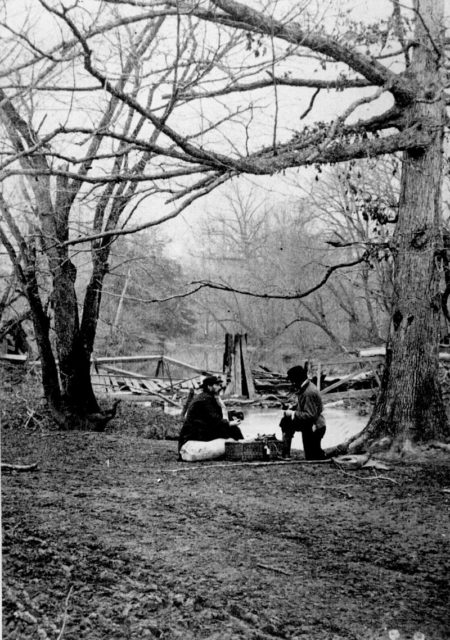
New Opportunities
Those working at the beginning of the Civil War saw an opportunity and took it, regardless of how grim it was. At the time, newspapers were heavily biased, and writers’ pay was not good. The best way to succeed in the world of reporting was, as it is now, to produce the most sensational story and sell the most copies.
The Civil War was spectacular enough to make way for an entire boom in the industry. Journalists could take photographs to go along with their stories (although these photos were distributed separately from the printed newspapers). They could typically reach the battlefield within a day’s journey from wherever they were stationed. It was a reporter’s dream. Everyone with allusions of being a writer flocked to Washington D.C., where they hoped to sell their stories to whatever paper was buying.
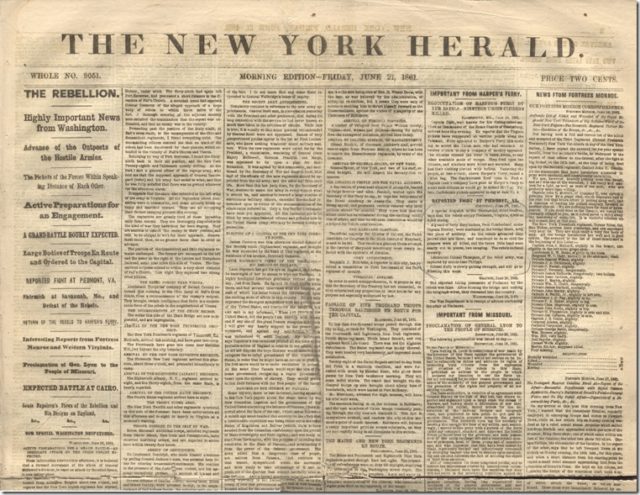
In addition to all the great story opportunities, the country’s new president was surprisingly accommodating to the press. It was said Lincoln would host reporters on a regular basis, giving them off-the-record interviews and allowing them to accompany him on his duties for that day.
The reporting standards of today did not apply then. Many reporters courted their favorite sources and would write whatever they wanted about anyone. There was no regard for whether or not their story was true, or whether or not it shed an individual in a particularly good or bad light.
The federal government had not quite developed laws for the press during wartime. Many civilians took matters into their own hands, violently attacking publications they thought were disloyal to either side.
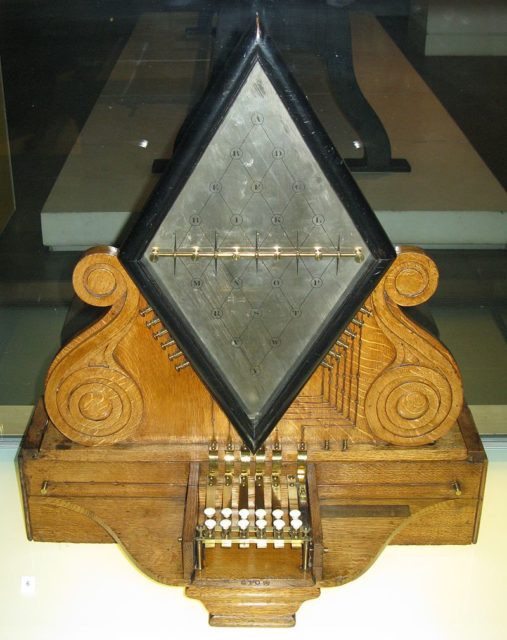
Another helpful piece of technology that made working as a journalist during War-era America easier was the telegraph. The news could get from one place to the other quicker than ever. Daily dispatches were introduced, and, as was to be expected, this attracted the attention of the State. Government parties could censor each telegraph so they could be sure Union papers were not receiving information that could be damaging to their cause.
Journalism in the South
The South, with limited funds, still had newspapers that circulated. However, while the Confederacy was losing, journalists fought an uphill battle to keep morale up.
Newspapers continuously supported the war effort, bringing attention to even the slightest Union faults and always praising the administration.
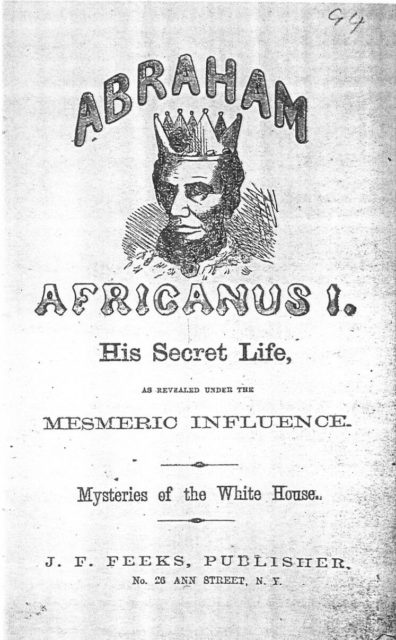
Somewhat surprisingly, the Confederacy received its fair share of support from Union journalists. From the New York World to the Chicago Times, these papers not only sympathized with the Southern cause but also opposed the war altogether. They frequently stated that the Confederacy had every right to secede, and continuously pushed slavery as a state issue, rather than a federal one.
While these papers could get away with this in the Union, no reporter dared to oppose the Confederacy while living in the South. The most any could get away with was a criticism of President Jefferson Davis’ politics.
Notable Journalistic Players
Some individuals took advantage of these new opportunities and rose to the top.
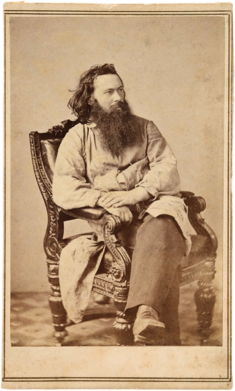
One of these was Alexander Gardner, a Scotsman who immigrated to the United States in 1856. Some of his famous photographs can be seen today. They detail not only the war but also Abraham Lincoln and the executions of those associated with Lincoln’s assassination. Gardner was not just a photographer. He was hired by the government (thanks to a fortuitous relationship with Allan Pinkerton, head of U.S. intelligence at the time) to photograph various conflicts.
He took along a traveling darkroom and developed photos of the Battle of Antietam, Battle of Fredericksburg, Gettysburg and the Siege of Petersburg. However, Gardner did face criticism. On several occasions, he was accused of moving dead bodies and weaponry found on the battlefield to create a more dramatic shot.
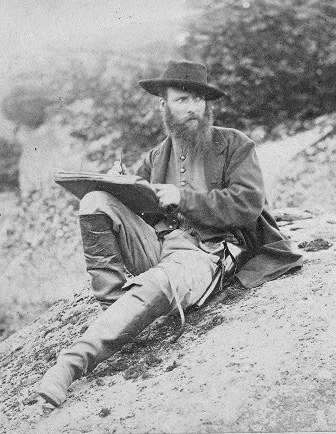
Another was Alfred Waud, a British immigrant who worked as an art correspondent during the war. While not taking advantage of photography, he made way for newspapers to show the scenes of war without printing photos (it would still be a while before photographs made it onto the news page). He would do sketches on the field as the conflict was occurring, something that Gardner could not do.
He focused on the after-effects, as shooting anything in motion was quite difficult. A courier would then send the rendering to the paper, engravers would create wood pieces for printing, and the drawing would reach readers within a short time.
